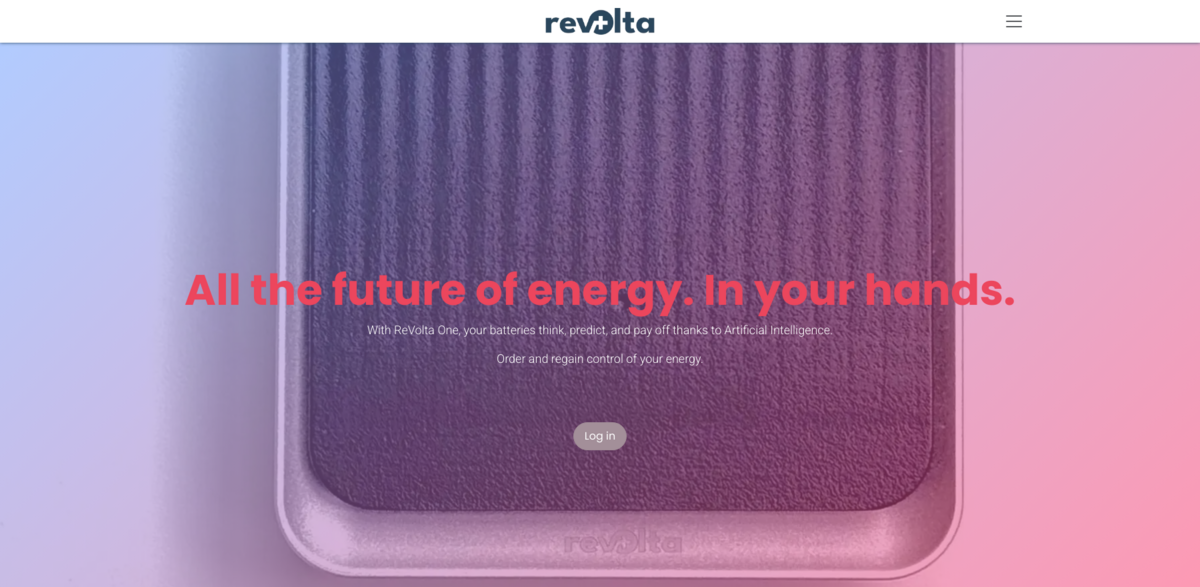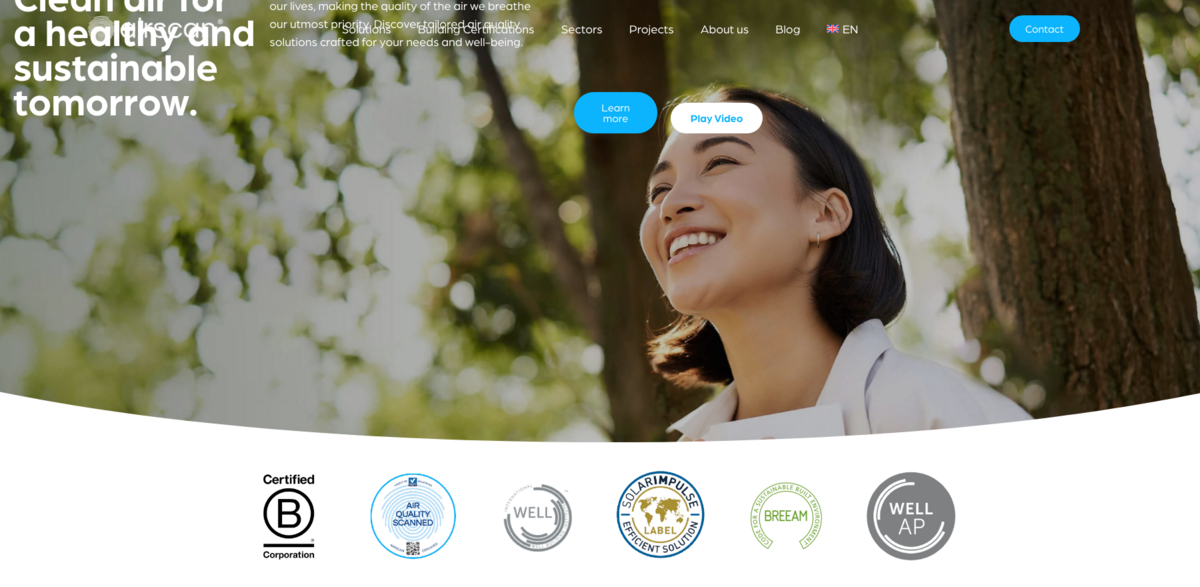What is the RE-NUT® Project?
The RE-NUT® project is all about unlocking the true potential of culinary nuts by processing them “in-shell” — yep, without shelling them first. This innovative, patent-protected method doubles the yield of nut flour, paste, and milks. But here’s the kicker: it keeps all the valuable fiber and antioxidants found in nutshells intact. This technology is now ready to be licensed by nut processors and food companies eager to boost their nut ingredient production while tapping into the full nutritional benefits of the whole nut.
Main Benefits of the RE-NUT® Method
Let’s break down some key figures and facts that show why this method is a game-changer:
- Global nut production hit 55 million tons in 2021 — and millions of tons of nutshells, packed with fiber and antioxidants, are often wasted or burned.
- Processing nuts with their shells doubles the yield of nut solids, since shells weigh about the same as kernels.
- Water and farmland use per pound of nut yield is massively reduced by using the whole nut, conserving vital resources.
- Shelling is expensive — skipping this step lowers production costs and extends shelf life by reducing oxidation.
- Nutshells add dietary fibers and antioxidants, which help neutralize free radicals in the body.
- The in-shell nut solids act as a 100% natural filler, helping reduce sugar in products like chocolates and spreads.
How the RE-NUT® Process Works
The process is pretty straightforward but brilliant. It starts with in-shell nuts and water. Then, these nuts go through wet-milling to reach the perfect particle size. Next up is phase separation using a decanter, which splits the slurry into three valuable extracts: nut solids, nut milk, and optionally nut oil. And guess what? There’s zero waste or side products. Everything is used, making it a fully sustainable process.
The Untapped Value of Nut Shells
Most people think of nutshells as just waste or low-value by-products. But here’s the thing — nutshells actually make up about half the mass of the whole nut and are loaded with nutritional value. They’re rich in dietary fibers and antioxidants, which have been largely ignored until now. By including the shells in processing, RE-NUT® reveals this hidden treasure, turning what was once discarded into a valuable food ingredient.
RE-NUT®’s Mission and Vision
The mission is clear: to redefine the value of culinary nuts by unlocking their full potential — from field to delight. The project aims to contribute significantly in four key areas: providing valuable fibers, vitamins, and antioxidants to a growing global population; promoting healthier indulgence by replacing sugar in high-sugar foods; using water and farmland more efficiently in nut cultivation; and drastically reducing food loss and waste. It’s about making nuts work smarter and better for everyone.
Project Impact and Sustainable Development Goals (SDGs)
- SDG 2: Zero Hunger — by providing nutrient-rich food ingredients.
- SDG 3: Good Health and Well-being — through healthier, fiber-rich nut products.
- SDG 6: Clean Water and Sanitation — by conserving water in nut cultivation.
- SDG 12: Responsible Consumption and Production — eliminating food waste and side products.
- SDG 15: Life on Land — promoting sustainable farmland use.
The Story Behind RE-NUT®
The idea sparked back in 2016 during a visit to hazelnut plantations in Turkey, when Roland Laux and Tilo Hühn wondered: what if nuts were processed with their shells? It seemed crazy at first, but that curiosity led to deep research and innovation. Their journey actually began a decade earlier, in 2006, with a similar concept applied to cocoa beans — wet-milling unroasted beans with cold water to capture all the flavors and nutrients without heat damage. Over the years, the team has combined process engineering, scientific know-how, and international business experience to bring this revolutionary nut processing method to life. It’s a story of re-inventing how we see and use nuts, turning ‘more of the goodness’ into everyday food products.





















